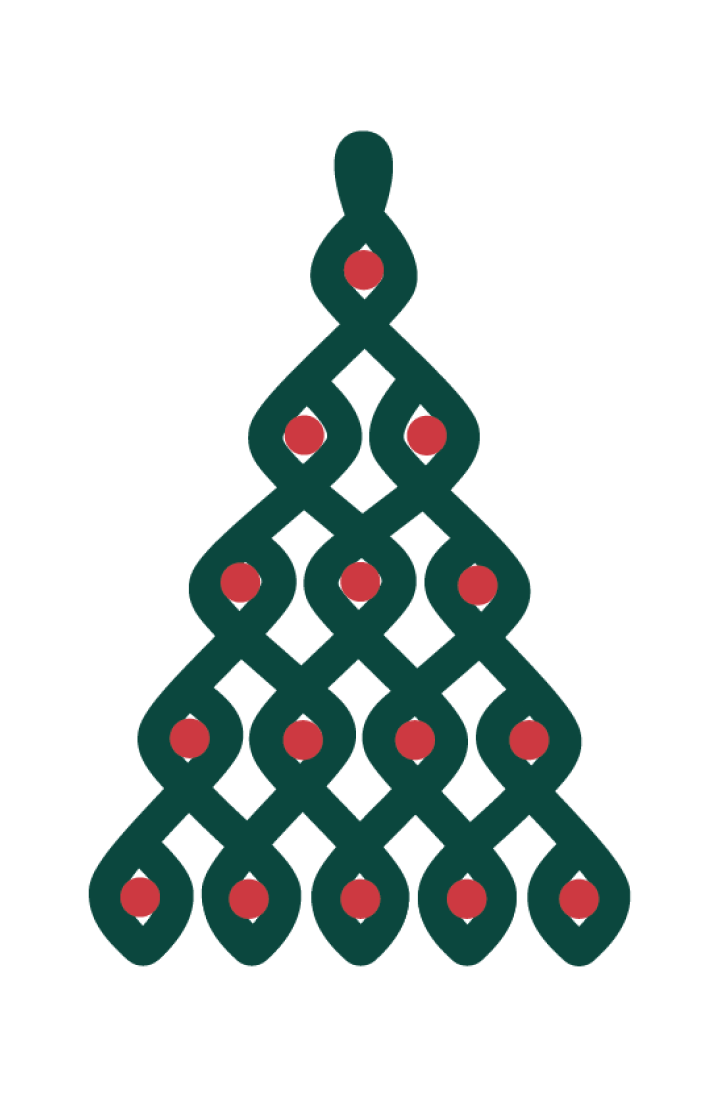THE CIRCLE CRAFT CHRISTMAS MARKET
Is a premier showcase of excellence in Canadian craft and design, encompassing traditional, contemporary, one-of-kind, and production works.
The market was first held at what is now the East Vancouver Cultural Centre.
Yetta Lees, who created clothing block-printed with her own designs, had previously held a successful fabric festival in Victoria when she was approached by a friend of a friend, Chris Wooten, to do a Christmas craft show in Vancouver.
She said the hippie artists’ sales had to be “made places where mainstream people would feel comfortable” and stipulated “no dope of any kind, no big dogs and no breastfeeding in publice,” Thelma Ruck Keene wrote in a 1990 essay on its history.
Lees and Wooten sent out hand-written invitations and worried that no one would come. They were shocked when 500 came, and Lees realized she had “stumbled across a need,” according to Keene’s account posted to the Circle Craft website.

